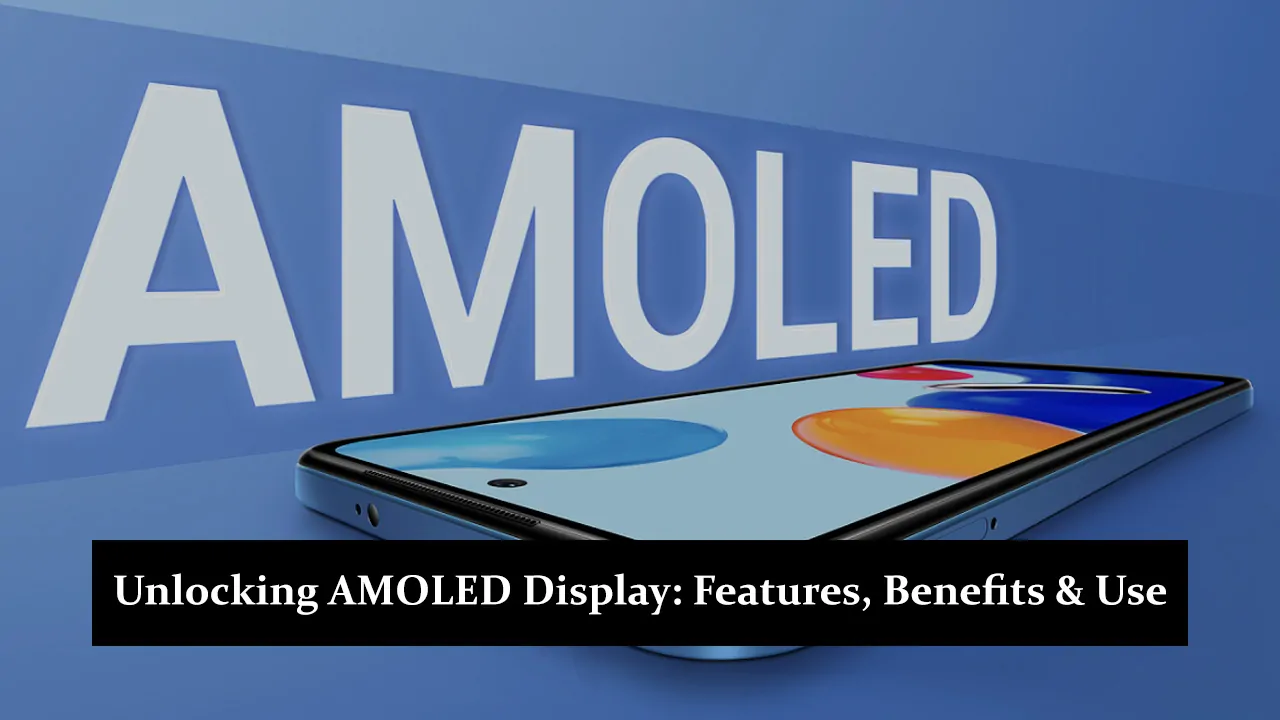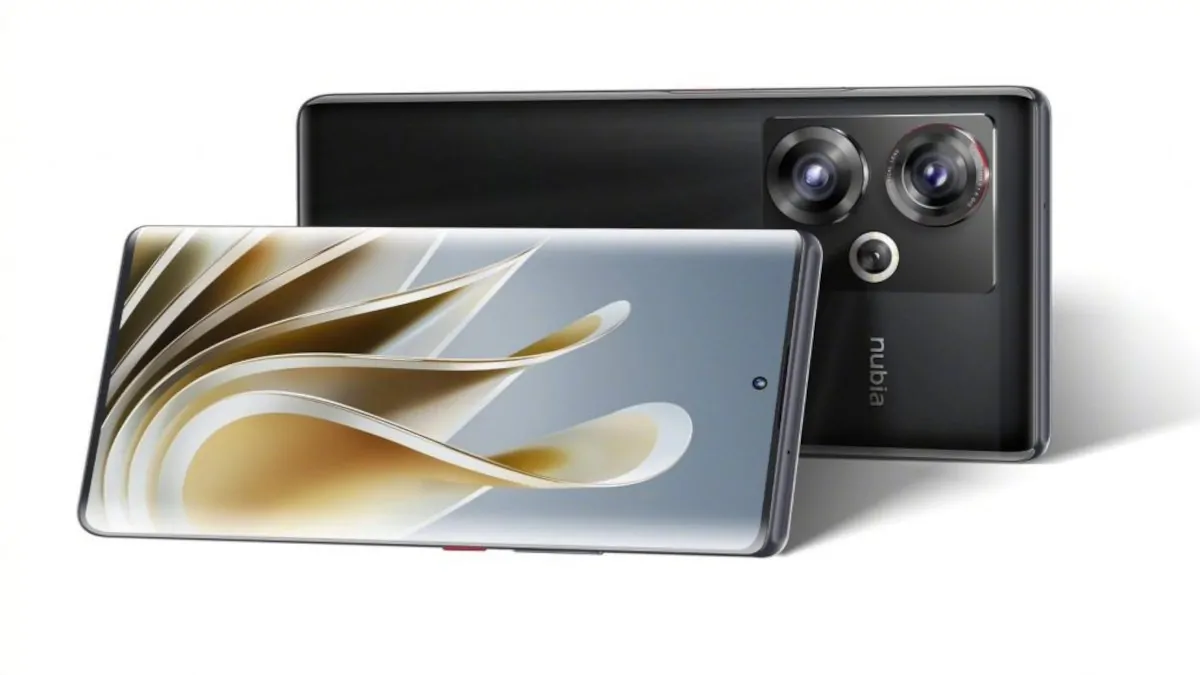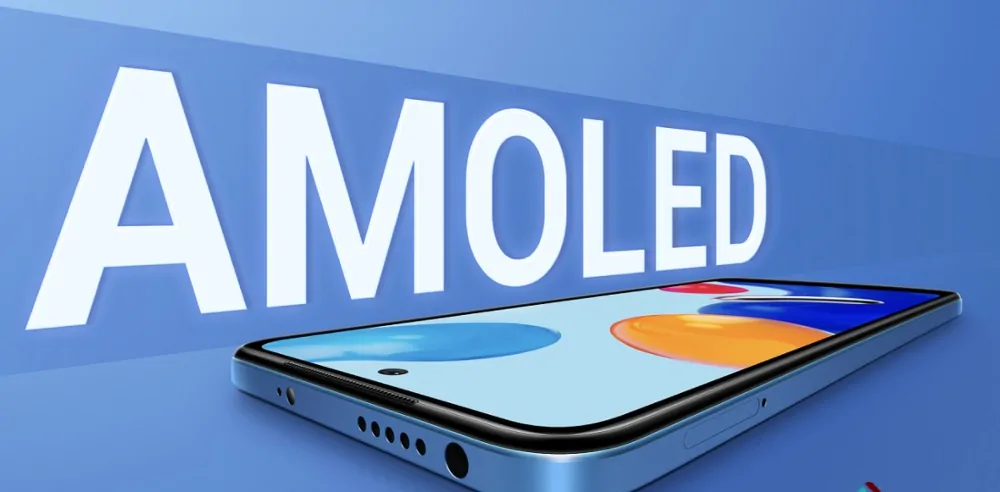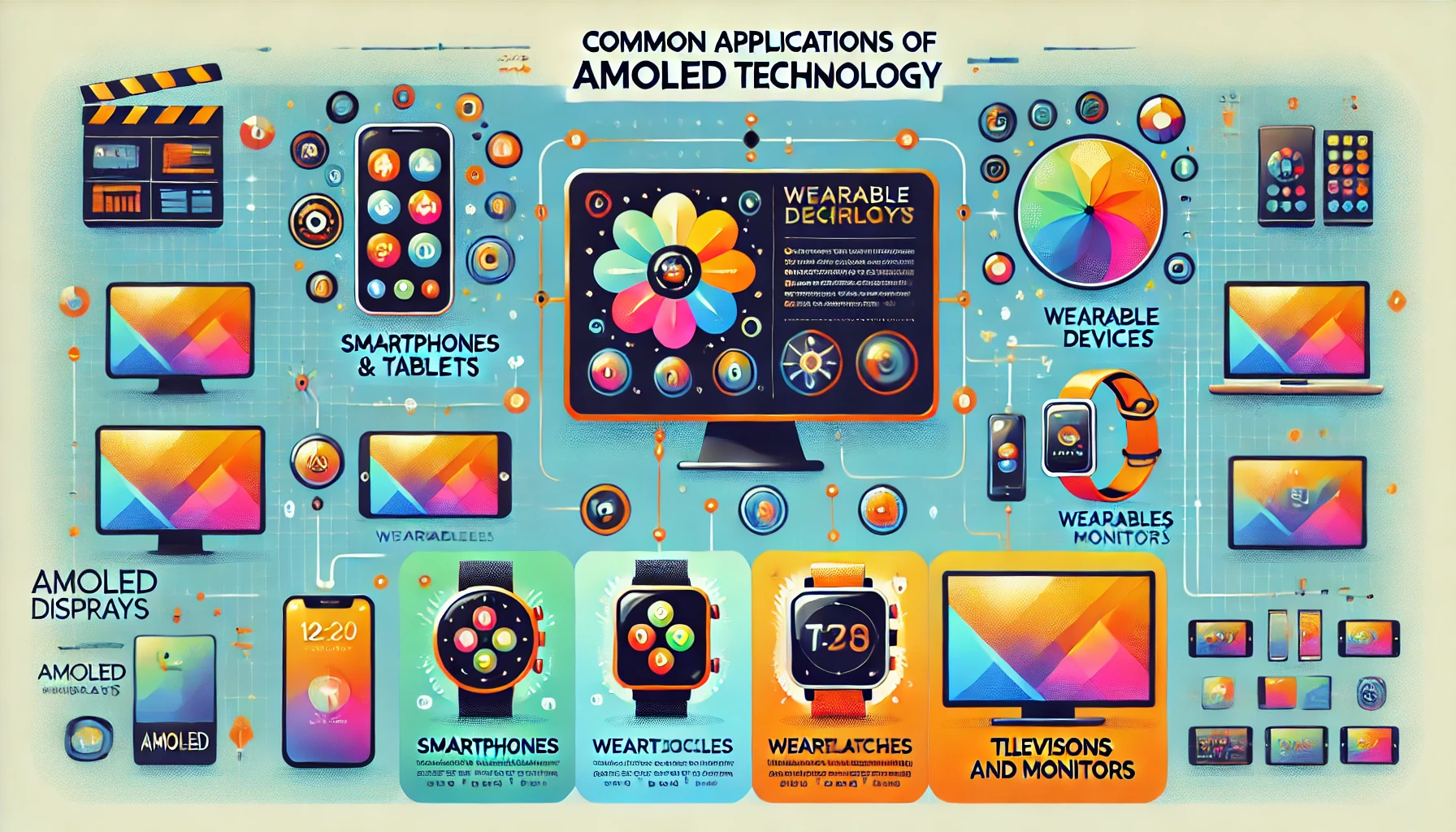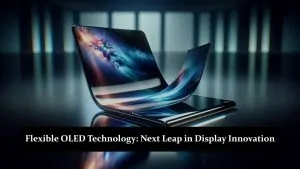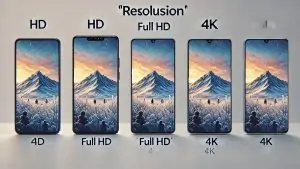AMOLED, which stands for Active-Matrix Organic Light-Emitting Diode, is a type of display technology known for its vibrant colours and deep contrasts. It uses organic compounds that emit light when electricity is passed through them, with an active matrix controlling each pixel individually for better image quality. This technology does not need a backlight, making it more power-efficient than traditional displays. AMOLED first appeared in the early 2000s, and since then, it has evolved rapidly, becoming popular in smartphones, TVs, and wearables due to its superior display performance and slim design.
How AMOLED Technology Works
AMOLED technology uses organic compounds that light up when electricity passes through them. These organic materials help produce bright and vivid colours, giving AMOLED its signature sharp display quality. The active-matrix structure in AMOLED controls each pixel individually, allowing for more precise image control and smoother performance. Unlike other display types, AMOLED is self-emissive, generating its light without a backlight. This not only improves the energy efficiency of the display but also allows for deeper blacks and higher contrast, making it ideal for everyday use and high-quality media viewing.
Key Features of AMOLED Displays
Deep Blacks and Contrast Ratio
AMOLED displays are known for their ability to show deep blacks and excellent contrast. This is possible because each pixel can be turned off completely, allowing for true black colours, unlike traditional displays that use a backlight. This feature enhances the overall picture quality, especially in darker scenes.
Vivid Colors
AMOLED technology delivers bright and vibrant colours, making it perfect for watching movies, playing games, or viewing high-quality images. The colours are more intense and accurate, which makes the viewing experience more enjoyable, particularly for multimedia content.
Thin and Flexible Displays
One key advantage of AMOLED displays is their slim design. Since AMOLED doesn’t need a bulky backlight, the screens can be thin and flexible. This allows for innovative designs, such as curved and foldable screens, which are becoming more common in mobile phones and other devices.
Energy Efficiency
AMOLED displays are highly energy-efficient, especially when showing darker colours or content. By turning off individual pixels in dark areas, AMOLED saves battery power, making it a preferred choice for devices where energy conservation is important, such as cell phones and wearables.
AMOLED vs. Other Display Technologies
| Feature | AMOLED | LCD | OLED | IPS LCD |
| Contrast | High contrast with deep blacks (turns off individual pixels) | Lower contrast, backlight always on | High contrast (similar to AMOLED) | Moderate contrast, backlight on |
| Colour Vibrancy | Vibrant, bright colours | Less vibrant, colours appear washed out | Vibrant colours (similar to AMOLED) | Improved colour reproduction over standard LCD but less vibrant than AMOLED |
| Power Consumption | Power-efficient, especially for dark content | Higher power consumption due to constant backlight | Power-efficient, especially for dark content | Moderate power consumption |
| Matrix Type | Active Matrix (individual pixel control) | Passive Matrix (slower response times) | Passive Matrix (no active control) | Active Matrix (better response times than standard LCD) |
| Viewing Angles | Excellent, wide viewing angles | In narrower viewing angles, colours fade at angles | Good viewing angles but not as wide as AMOLED | Good viewing angles, but colours shift at extreme angles |
| Flexibility | Thin and flexible | Thicker, rigid structure | Thin and flexible | Rigid, not flexible |
| Response Time | Faster response time, ideal for gaming and media | Slower response times | Slower response times | Improved response time compared to standard LCD but slower than AMOLED |
| Lifespan | Shorter lifespan due to organic material degradation | Longer lifespan due to non-organic materials | Shorter lifespan due to organic material degradation | Longer lifespan due to non-organic materials |
Common Applications of AMOLED
Smartphones and Tablets
Thanks to their vibrant colours, deep blacks, and energy efficiency, AMOLED displays are widely used in smartphones and tablets. Popular brands like Samsung, OnePlus, and Google often use AMOLED technology in their flagship models, such as the Samsung Galaxy series and Google Pixel phones. These devices benefit from AMOLED’s superior image quality and thinner form factor, making them more visually appealing and portable.
Wearable Devices
AMOLED displays are a popular choice for wearable devices like smartwatches due to their energy efficiency and flexibility. Brands like Apple and Samsung use AMOLED screens in their smartwatches, providing users with clear, bright displays that consume less power, which is crucial for extending battery life in small devices.
Televisions and Monitors
AMOLED technology is also found in high-end televisions and gaming monitors. Its ability to deliver deep contrasts, vivid colours, and fast response times makes it ideal for these applications. Brands like LG and Sony use AMOLED displays in their premium TVs. At the same time, gaming monitors with AMOLED offer a more immersive and responsive experience for users, especially in fast-paced games.
Advantages of AMOLED Displays
- Superior Image Quality: AMOLED offers high resolution, vivid colours, and deep contrasts, providing a visually stunning display experience. Its ability to turn off individual pixels results in true blacks and enhanced overall image quality.
- Power Efficiency: AMOLED is highly power-efficient, particularly when displaying black backgrounds or dark themes, as it can turn off individual pixels to save energy. This feature helps extend battery life, especially in mobile phones.
- Slim and Lightweight: The thinness of AMOLED panels allows for sleek and lightweight device designs, enabling manufacturers to create slim smartphones, tablets, and other gadgets without compromising display quality.
- Faster Response Times: AMOLED displays have faster refresh rates, leading to smoother performance. This is especially important in gaming and media consumption. It results in less motion blur and a more responsive user experience.
Challenges and Limitations of AMOLED
- Burn-In Issues: AMOLED displays are susceptible to burn-in, where static images or elements, such as app icons or navigation bars, can leave a permanent mark on the screen over time if displayed for extended periods.
- Shorter Lifespan of Organic Materials: The organic compounds used in AMOLED displays degrade over time, leading to a shorter lifespan than non-organic display technologies. This means that brightness and colour accuracy may diminish after prolonged use.
- Higher Manufacturing Costs: Producing AMOLED displays is more expensive than other technologies like LCD, primarily due to the complex manufacturing process and the use of organic materials. This cost factor often results in higher prices for devices with AMOLED screens.
Conclusion
AMOLED technology has revolutionised the display experience with superior image quality, deep blacks, vibrant colours, and energy efficiency. Its slim design and faster response times make it ideal for smartphones, wearables, and high-end televisions. Although challenges like burn-in and higher costs exist, the benefits outweigh the drawbacks. AMOLED is expected to continue dominating the display market, especially with advancements in flexible and foldable screens, making it a key player in future innovations.
